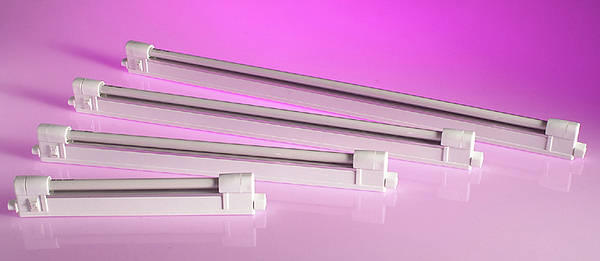D
Deleted2797112
I've just moved house. It has a brand new, never been used kitchen which has been quite nicely finished except.......
In four places on the underside of the wall-mounted cabinets where the cabinets meet the wall, there are shortish lengths of wire finshed off in two cases with insulating tape and two with connector blocks. I've taken these pics:
View media item 52640
View media item 52642
The 2 with the insulating tape have three wires, red, black and what I assume is an unsleeved neutral. The 2 with connector blocks don't have the neutral wire but are connected to a short lenth of 2 core (brown and blue) wire with a small (2 pin) socket at the end.
I'm assuming the wiring is for undercabinet lights? Any other thoughts? If they are for lights, I have no idea why they have been left this way given the standard of finsh in the kitchen and elsewhere. It's very odd.
Assuming they are for lights, what sort would I need to get? I looked at LEDs some time ago but if I remember correctly, they need some kind of powered driver? Are there non-LED types that could be wired straight on to these?
All suggestions gratefully received!
In four places on the underside of the wall-mounted cabinets where the cabinets meet the wall, there are shortish lengths of wire finshed off in two cases with insulating tape and two with connector blocks. I've taken these pics:
View media item 52640
View media item 52642
The 2 with the insulating tape have three wires, red, black and what I assume is an unsleeved neutral. The 2 with connector blocks don't have the neutral wire but are connected to a short lenth of 2 core (brown and blue) wire with a small (2 pin) socket at the end.
I'm assuming the wiring is for undercabinet lights? Any other thoughts? If they are for lights, I have no idea why they have been left this way given the standard of finsh in the kitchen and elsewhere. It's very odd.
Assuming they are for lights, what sort would I need to get? I looked at LEDs some time ago but if I remember correctly, they need some kind of powered driver? Are there non-LED types that could be wired straight on to these?
All suggestions gratefully received!



